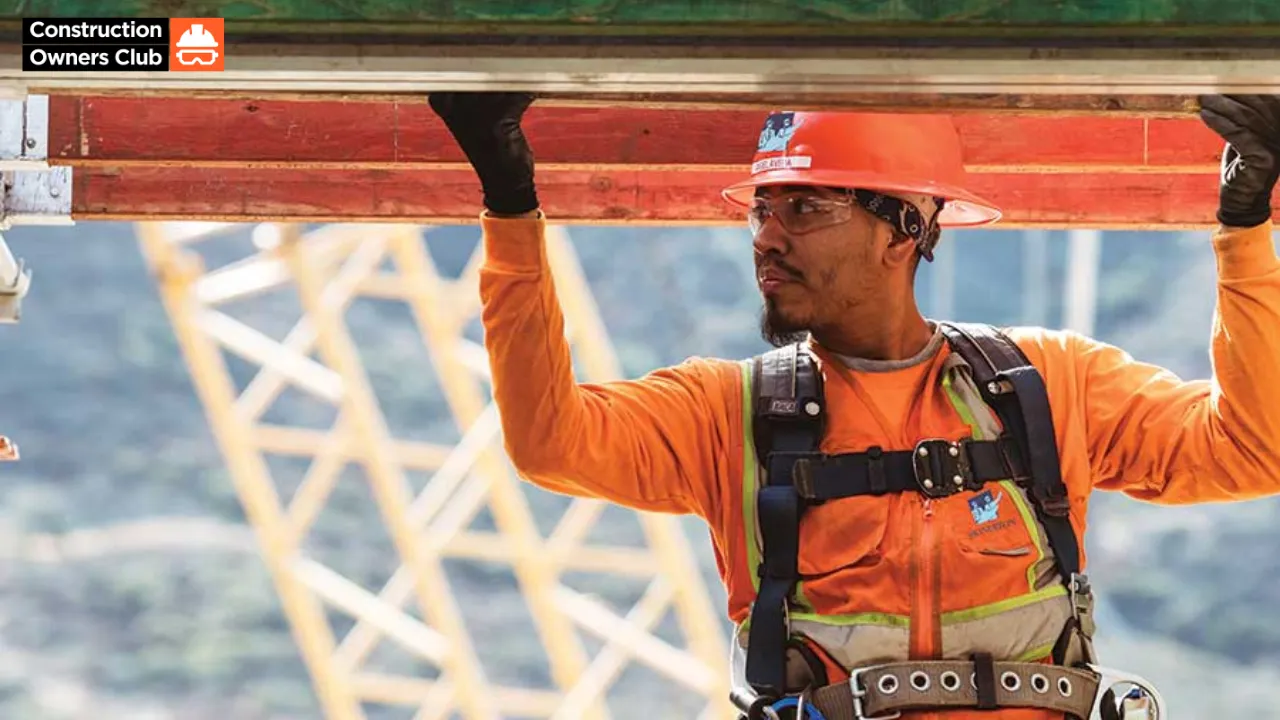
Construction is a booming industry, but with great opportunity comes great responsibility, especially when it comes to worker safety. Shocking statistics tell the story: over 5,000 workplace fatalities occurred in 2022 alone. This isn't just a human tragedy, it's a financial one too, costing employers billions in worker's compensation.
The traditional approach of reacting to safety incidents simply isn't enough. We need a proactive revolution, and the key lies in fostering a safety-first culture. This isn't just about following regulations; it's about creating an environment where safety is ingrained in every decision, every action.
Imagine a construction site where risk-taking behaviors are rare, employee turnover is low, and productivity is soaring. This isn't a fantasy - it's the reality when safety becomes the cornerstone of your company culture.
But how do we get there? It all starts at the top. Leaders need to see safety as an investment, not a cost. Safe workplaces are attractive workplaces, leading to better employee retention and higher morale. Additionally, stringent safety standards are becoming the norm, with many projects requiring contractors to go above and beyond OSHA guidelines. Without a robust safety culture, companies could be shut out of lucrative opportunities.
Once leadership embraces the safety-first mentality, implementing it requires a collaborative effort. Here's how:
Implementing strong safety protocols can feel overwhelming, especially for smaller companies juggling multiple priorities. This is where safety consultants can be invaluable partners. They can provide expert guidance, alleviate the burden, and help companies navigate the complexities of safety compliance.
Building a safety-first culture takes time and commitment. But the long-term benefits are undeniable. Reduced injury risk, improved worker morale, and a more productive workforce all contribute to a thriving and successful construction company. Ultimately, prioritizing safety isn't just good for your employees; it's the smartest business decision you can make.
By conducting a Safety Culture Assessment, construction companies can gain valuable insights and develop a roadmap for fostering a proactive safety environment.